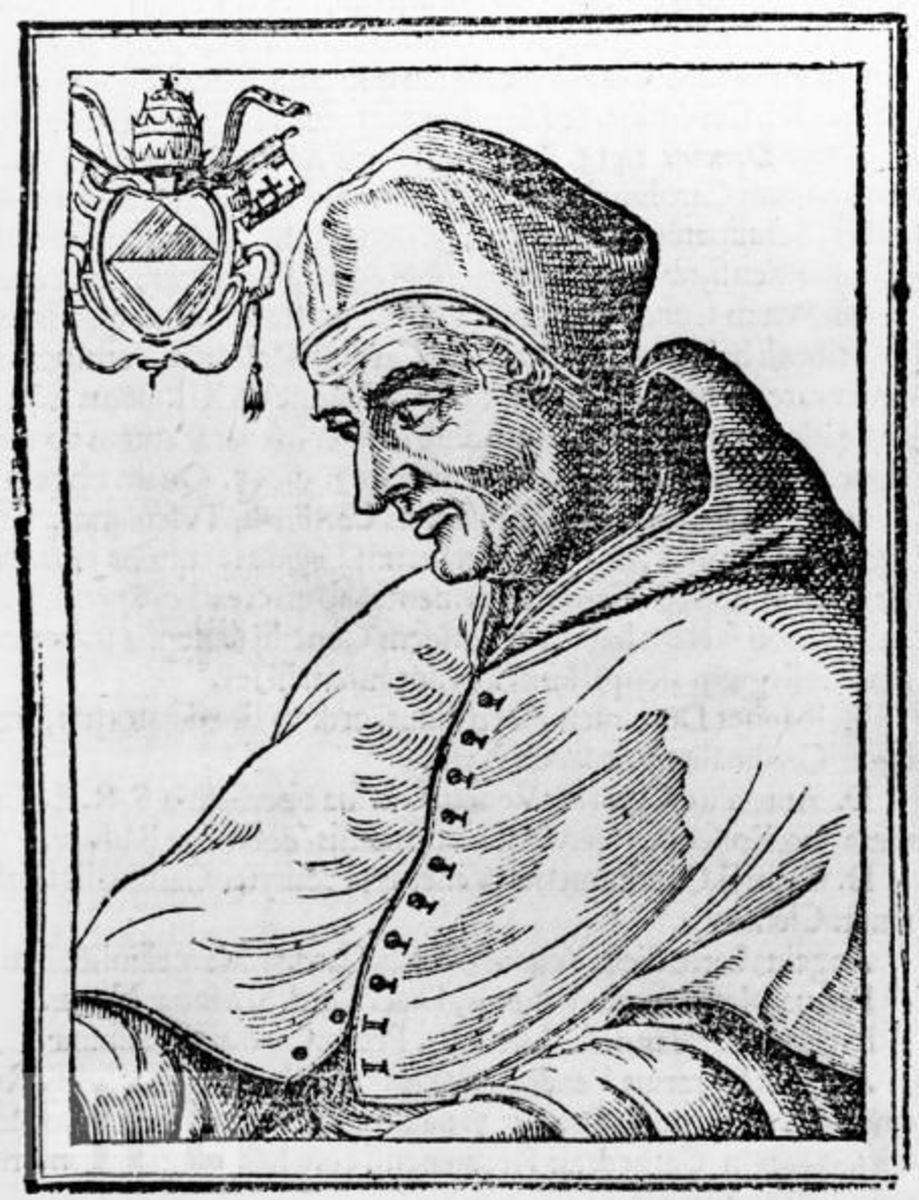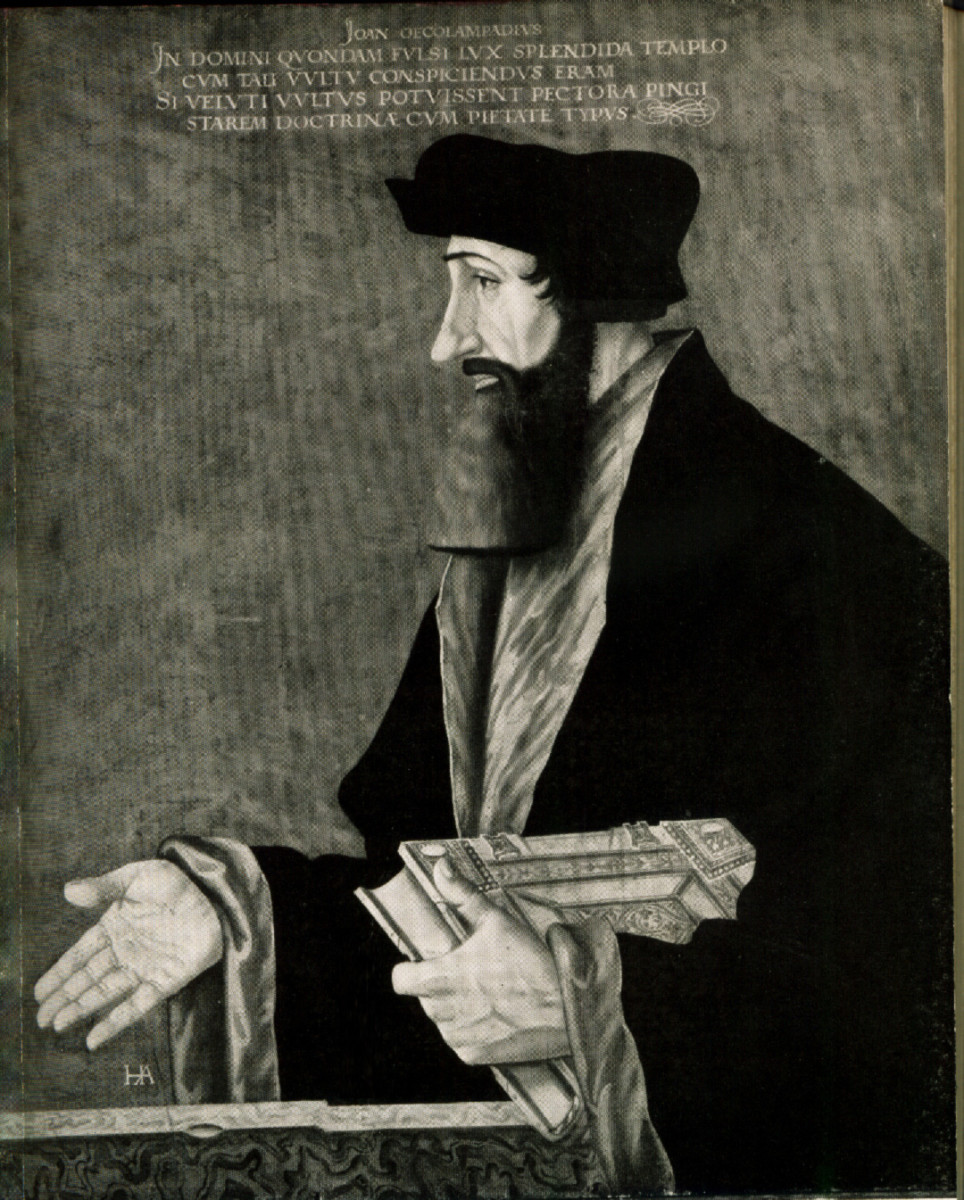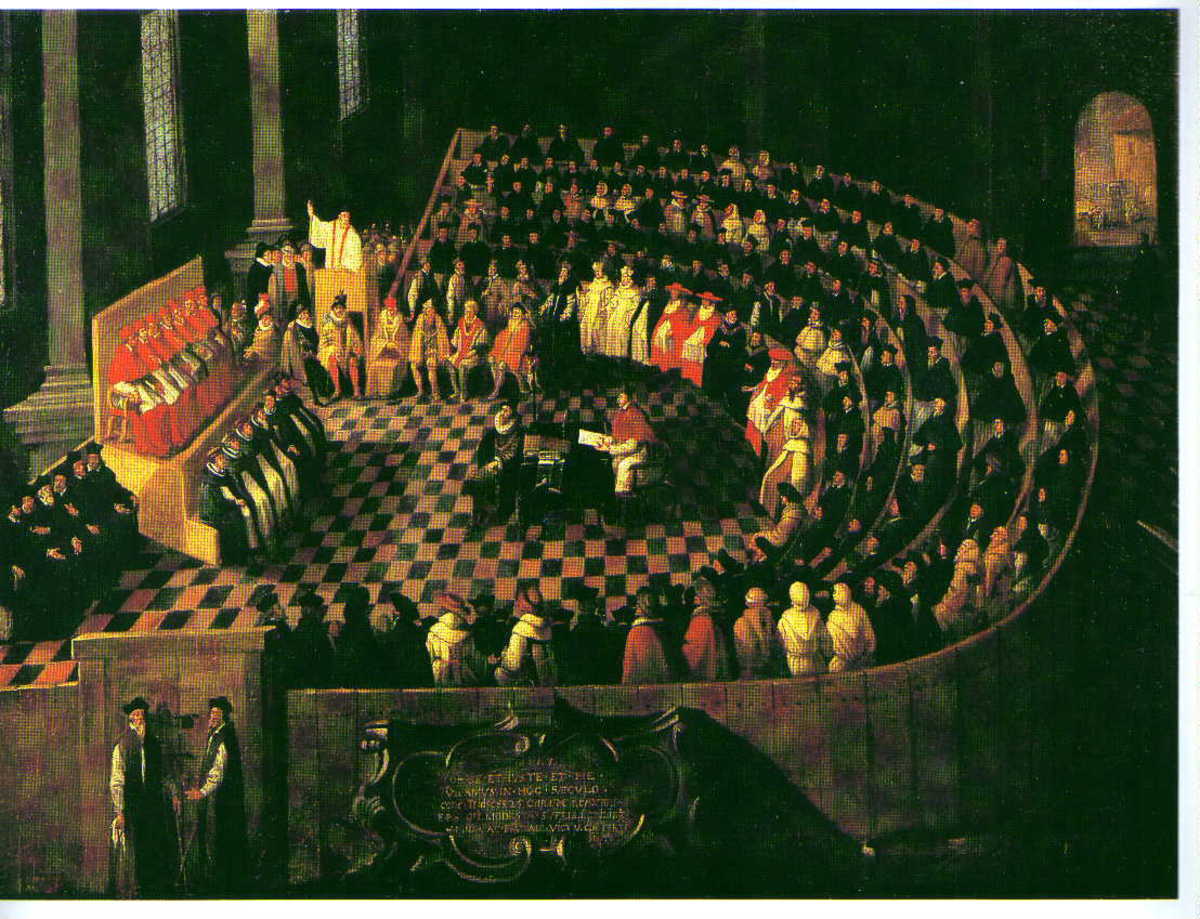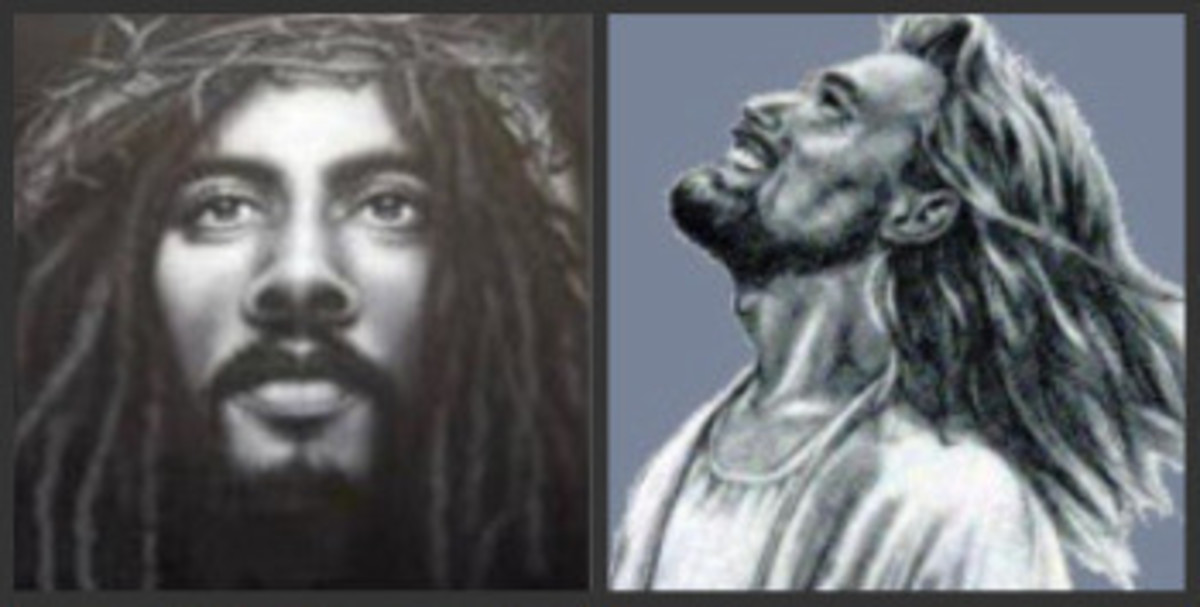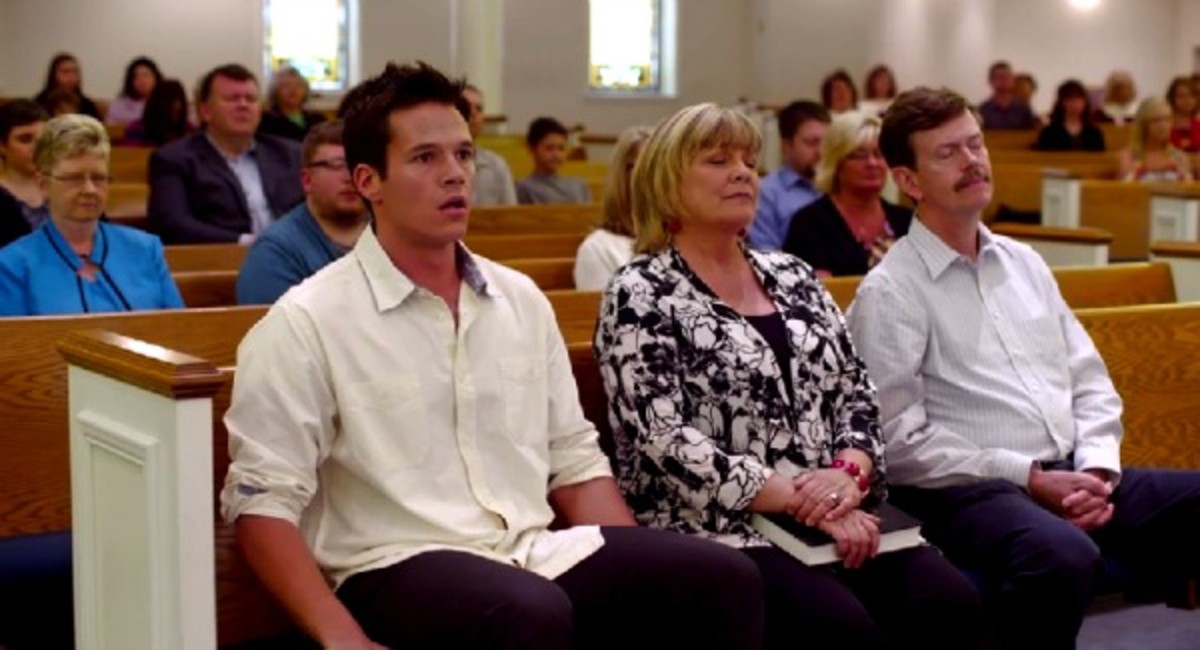A New Look at the History Of Christianity. Chapter 5

History of Christianity Number 5 – The Reformation
- It is not difficult, in retrospect, to see that something had to happen in the crazy situation that Christianity and the world in general found itself. The message had been clear when Jesus was about to return to his Father and he told his disciples to “Go and make disciples of all nations, baptizing them in the name of the Father and of the Son and of the Holy Spirit and teaching them to obey everything I have commanded you and surely I am with you always, to the very end of the age.” (Mt. 28:19, 20 - NIV translation)
- As Christianity moved out into the world it found a world that had lost its way. The free-thinking times of the Greek world and culture that had spread in the time of Alexander the Great, had changed into a world where Roman Conquest and the State had taking over control of religion which then led to serious abuses. This always happens when Church and Government join forces. Monastic thinking had changed the earlier freedom of belief and openness. Islam began to spread its message into the East and the Middle East – a message of strict discipline and closed thinking. The inquisition had tried to force everyone to be under the control of the Church/State.
- The first step in looking at the Reformation is to consider the situation in the world in general at that time it happened. The age of the Renaissance, which was a rebirth of thinking and creativity, had arrived. Beginning in Florence, Italy, a new age was born. It was a revival in learning. It was in many ways a revolt against monastic aestheticism. There you believed what the religious leaders told you and any questioning was treated with harsh punishment. Don’t at any cost enjoy life – rather live in self-denial and abstinence was the monastic message. The lives of the Church Hierarchy did not live that way however and Simony was rife.
- At the same time the human spirit was calling out for the experience of all the good things that life can produce which had been so ruthlessly suppressed by religious determinism.
- Leading people in the Renaissance where Dante, Petrarch, Leonardo de Vinci, Michelangelo and Raphael. These were not just great thinkers in the arts but inventers and also believers that individuals had freedom of thought.
- While the Roman Catholic Church was developing its teachings with new doctrines including the veneration of saints, Mariolatry and a sacramental system with its pillars, namely baptism, confirmation, penance, the Eucharist, holy orders, matrimony and extreme unction, others were questioning some of their practices. The printing press was invented by Gutenberg and the first book to be printed was the Bible. Martin Luther translated the Bible into German and others began to translate it into English and were persecuted and killed for their efforts.
- While there were some attempts to reform the Roman Church from within, there were also other groups who taught a different doctrine like the Albigenses, the Anabaptists and the Wadenses who were also called Cathari –or “Pure”. Early reformers of the Roman Catholic Church included people like Peter de Bruys, who rejected infant baptism, the Lord’s Supper in any form, the rejection of church buildings and the cross as a symbol of Christianity as it should be condemned rather than venerated. (Willis pg.227)
The Reformation. So changes began to happen! People referred to as “Reformers before the Reformation” include John Wycliffe, John Huss, Jerome, Thomas a Kempis and Savonarola.
- It was however in the first quarter of the 16th Century that a serious upheaval took place that was to have a huge effect on the Christian Church. Here the names of Martin Luther, Zwingli, and Calvin share the limelight. Each made a huge contribution to the Christian thinking and movement in particular.
- The big change came when a representative of the Pope, named John Tetzel, travelled through Germany to sell indulgences. He came through Germany with the slogan: “As soon as the money tinkles in the chest the soul springs out of purgatory”.
- When Martin Luther nailed the list of 95 points to be debated, onto the Church door in Wittenberg, (a practice in those days) he lit a fire that had far reaching effects.
- For the first time leaders and scholars began to seriously question the teachings of the Roman Catholic Church and as these leaders taught a “back to the Bible” approach, new denominations began to develop.
- From these teachings developed a whole new group of churches known together as the Protestant Churches.
- With the new thinking that had come from the Renaissance and the Reformers, the Roman Church lost its power to control thinking in society, and so it freed up the ability of people to look at the Scriptures through new eyes. Some new Christian movements developed for different reasons. 14.1) Power struggles developed with Rome that led to the formation of different groups. 4.2) Other situations developed because of a refusal by important leaders to be controlled by Rome. The formation of the Church of England (Anglicans) is a good example.
- Protestant Churches that developed during the following years included the Lutheran, Quaker, Baptist, Methodist, Presbyterian and Dutch Reformed groups.
- The development of the printing press made it possible to produce books and this specially related to the Bible which was the first book to be printed and so it was made available.
- Some of the recognized leaders of the Reformation were people like John Wycliffe, Martin Luther, John Calvin and Ulrich Zwingli.
- Attempts to translate the Bible into English were ruthlessly opposed and some men were actually put to death when they attempted this.
- Martin Luther and others believed that every individual should have the right and the privilege to read the Bible in their own language.
- At this time there were always groups of believers who formed their own fellowships and studied the Bible to determine what God wanted them to do. These groups were however never in the mainstream of Christianity and so often little is known about them. Freedom of thinking and humanism however threw out the baby with the bathwater. A new and devastating danger developed – believing that man and his thinking is the only way to do things. The false belief that the Bible was outdated and merely a bunch of old myths lead to a struggle between the scientists and religion.
- Many travelled to the Bible lands to investigate the world in which the Bible was written and found the amazing fact “that it was true!” A large volume of archaeologist information is available today.
- References.
Walker, W. - The History of the Christian Church. - T and T Clark, Edinburgh Revised Edition.
Encyclopedia Britannica 200th Anniversary Edition.
Keller, Werner. The Bible as History.



